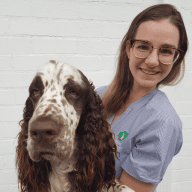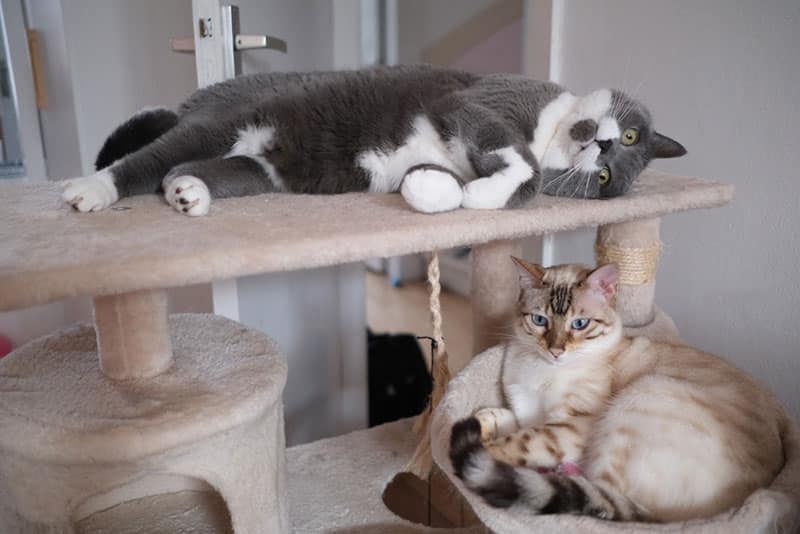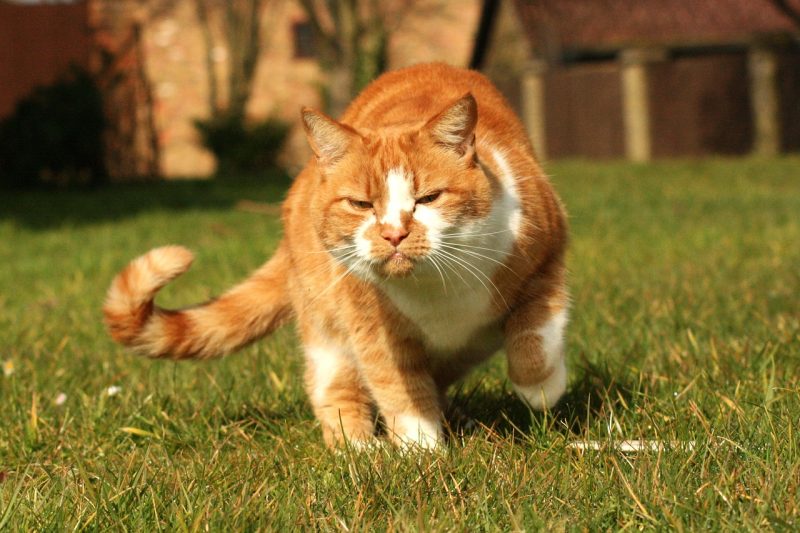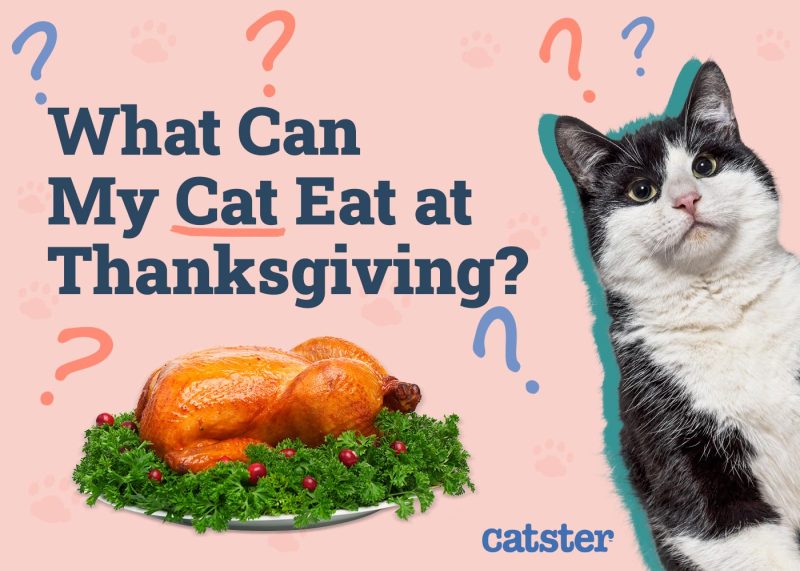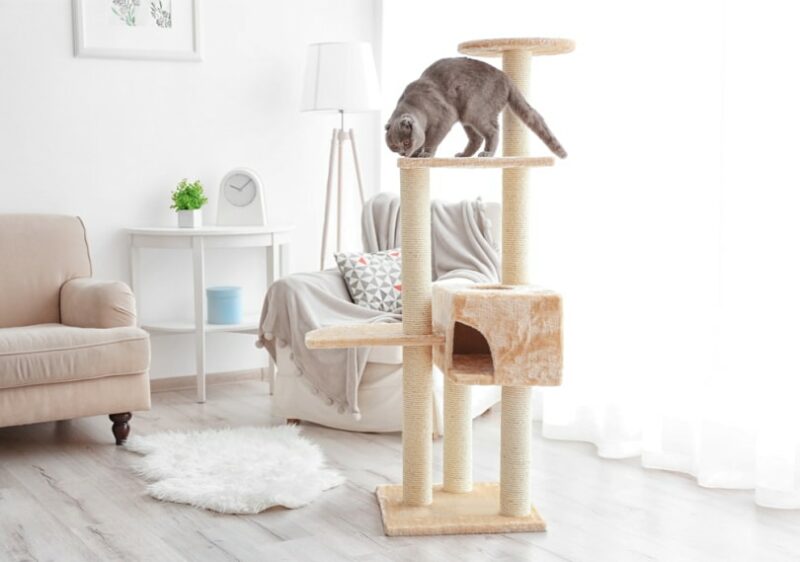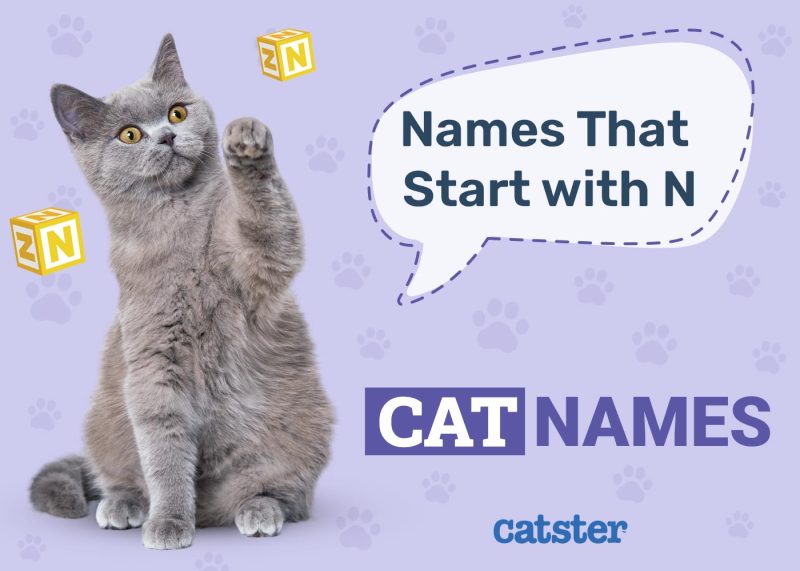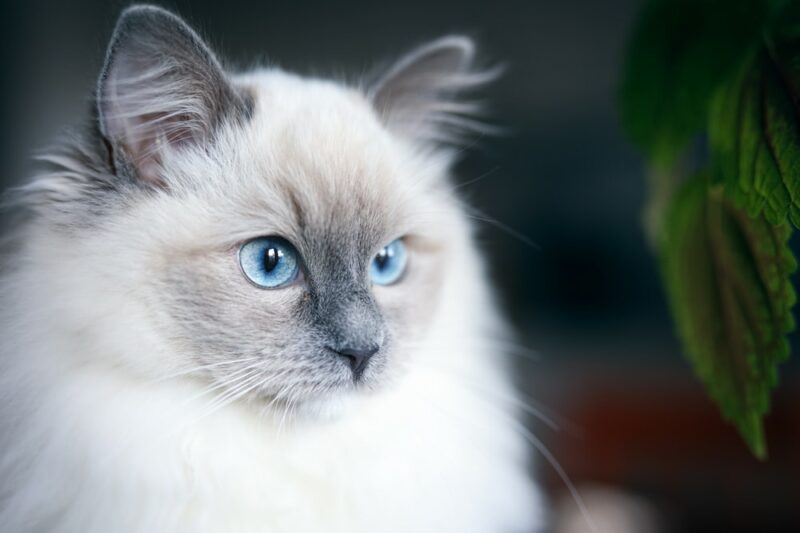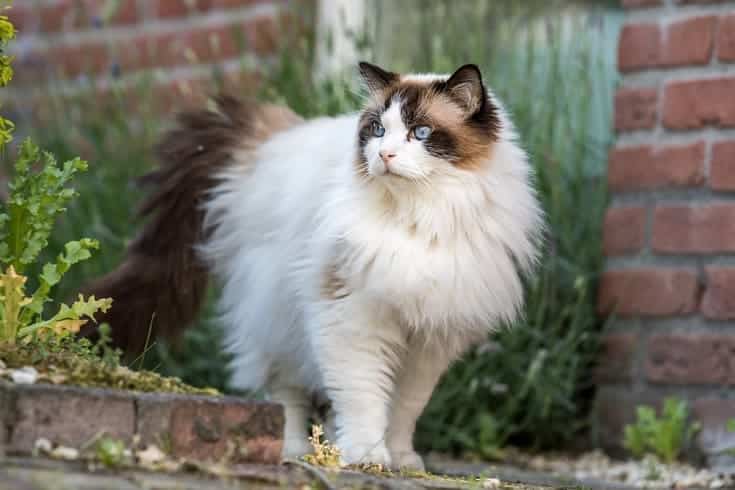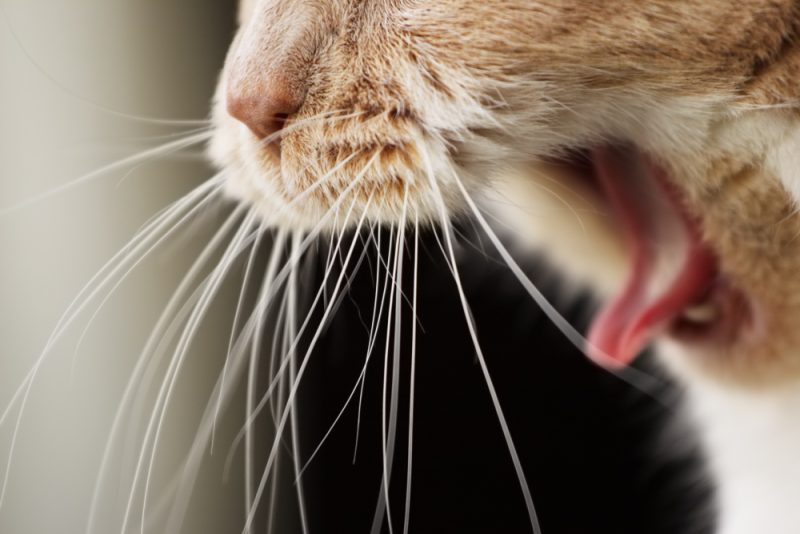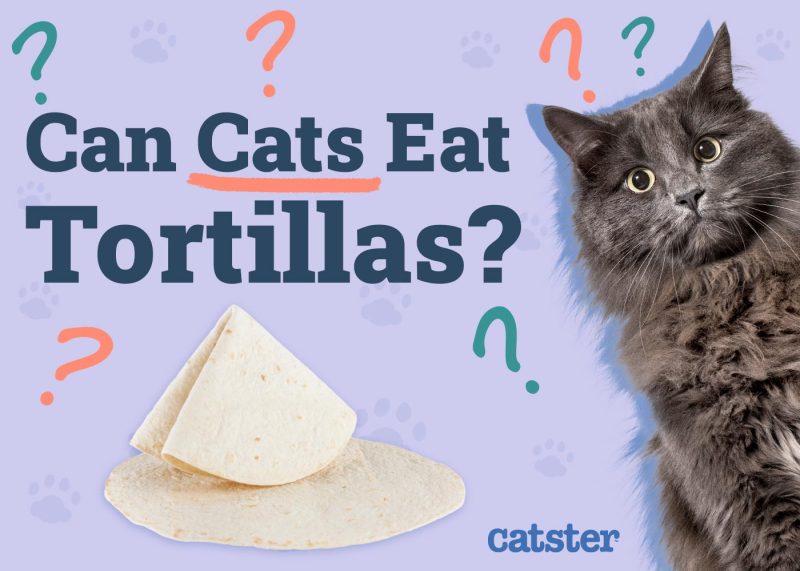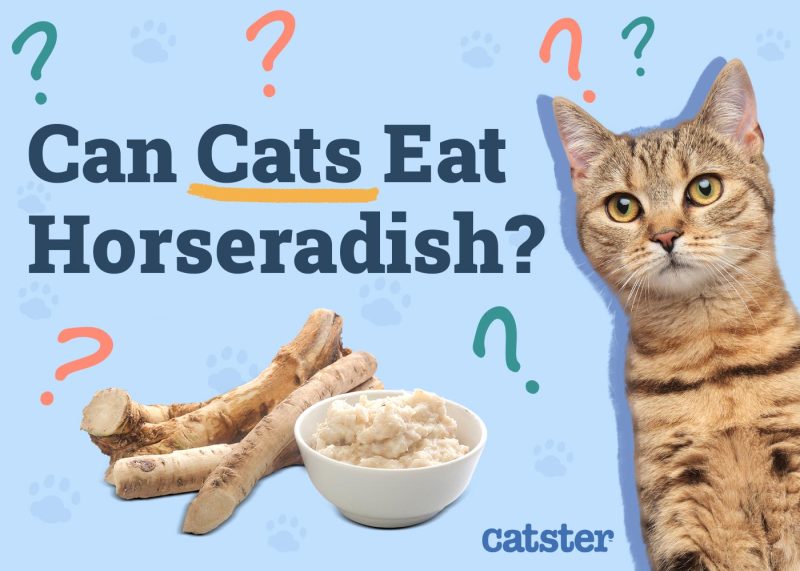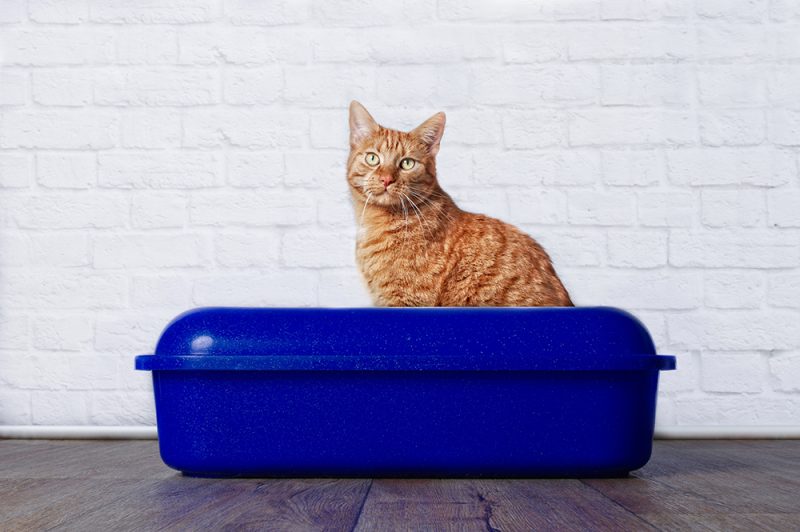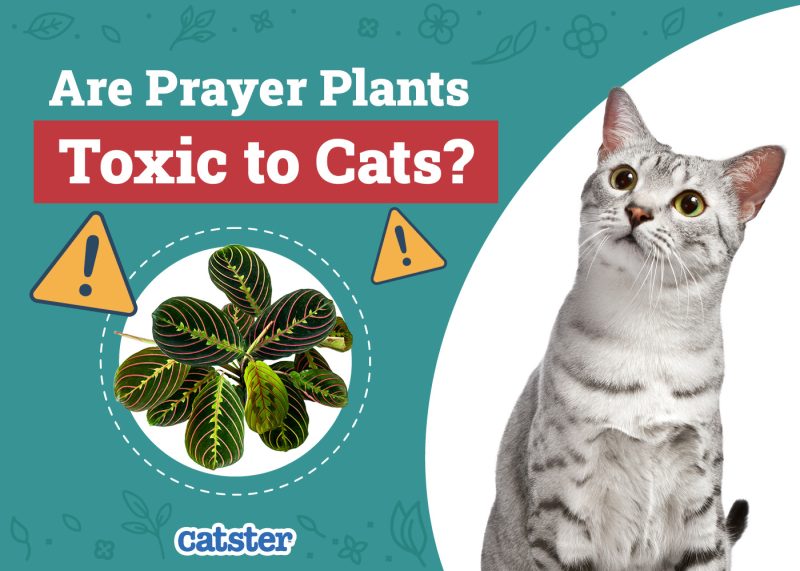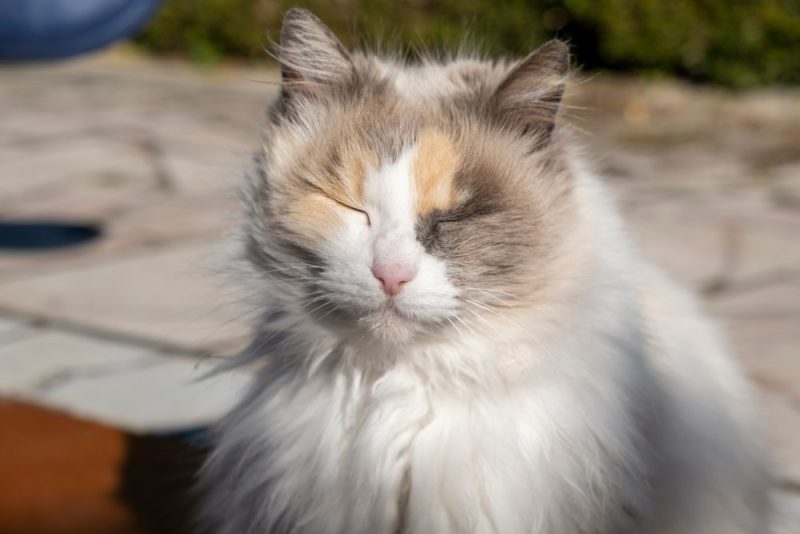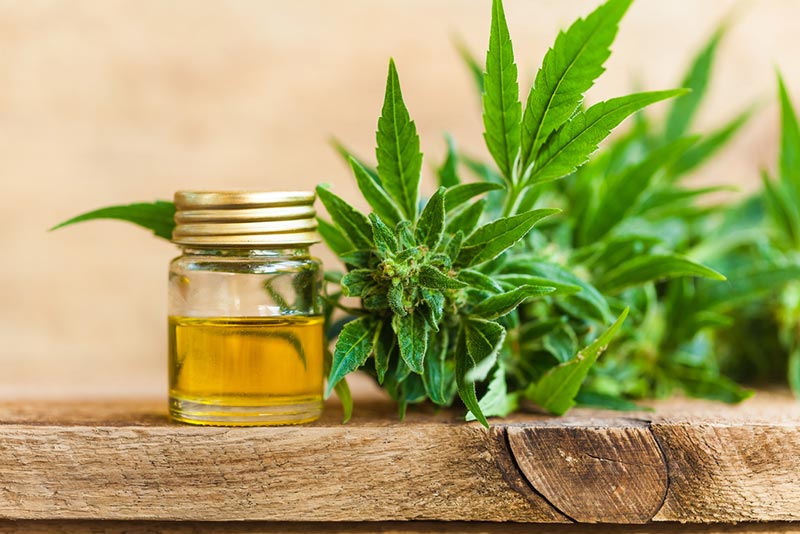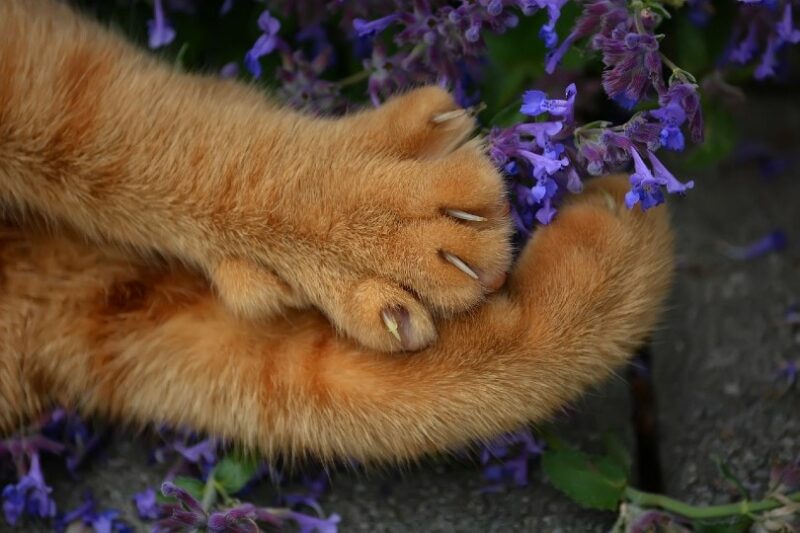Inbreeding has been, historically, common practice in domesticated animals. Breeders have made a point of breeding closely related animals in order to acquire “desirable” qualities, such as a specific color pattern or a pushed-in face.
However, inbreeding is a highly controversial practice. Is it necessary in this day and age? Let’s go over the inbreeding of cats by discussing the consequences and health issues associated with it.

What Is Inbreeding?
Inbreeding is when related members of a family mate in order to produce offspring—this can be a mother with her son, father, or brother. Breeders have used inbreeding as a way to acquire a specific kind of cat or for specific traits. This was particularly important decades and even centuries ago, when there was only one cat with a particular trait to begin with. Inbreeding is the basis for all purebred animals.
An example of this was the Ragdoll, a popular breed genetically linked to one cat: Daddy Warbucks, the first registered Ragdoll in the 1960’s. The father and daughter were mated, and the offspring from their litter were mated and so on. This produced a calm, docile cat that was floppy when held (a trait that Ragdolls are famous for) and had a distinctive look.
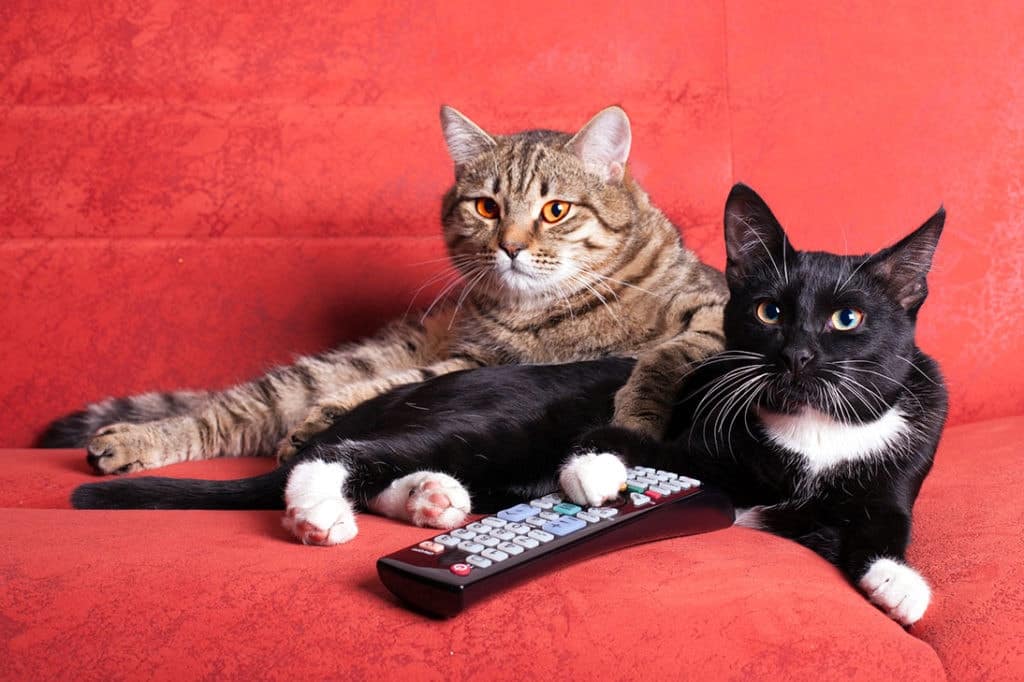
What Are the Signs of an Inbred Cat?
The only sure-fire way to know if a particular cat is inbred, is to examine the cat’s pedigree and find common ancestors. However inbreeding has some common consequences, which are of course more common in purebred cats. However, not all inbred cats will have issues and these issues do not necessarily mean a cat was the product of breeding between close relatives.
Genetic Conditions
Our DNA makes up many of our traits. Each sequence of DNA, or gene, contains the code for a particular trait or a structural/ functional characteristic. We have two genes for everything. When the code in a certain gene undergoes a mutation, this can mean a change in the area controlled by that gene. This is the basis for many genetic disorders; for example PRA (progressive retinal atrophy) in Abyssinian cats is caused by a genetic mutation in the CEP290 gene (which encodes for a protein used by the cells of the retina). Now, a healthy cat can have one mutated gene and one healthy gene and be completely normal. However, a cat with two mutated CEP290 genes will be affected with PRA and eventually become blind.
Using this information and coming back to the issue of inbreeding; if we have a cat with a single mutated CEP290 gene, and he passes this gene onto his offspring, and then the offspring and father have a kitten, there is a high likelihood that this kitten will have two mutated copies of the gene. Therefore, because of the sharing of DNA between closely related individuals, inbred cats are much more likely to be affected by genetic disease.
Other common genetic diseases in cats include hypertrophic cardiomyopathy, polycystic kidney disease, and hypokalemic polymyopathy. You might be wondering, how likely is it that one cat carries a genetic mutation linked to disease? Well, a study in humans found that out of 50 participants, every single one carried at least one genetic mutation that could lead to disease if two copies were present.
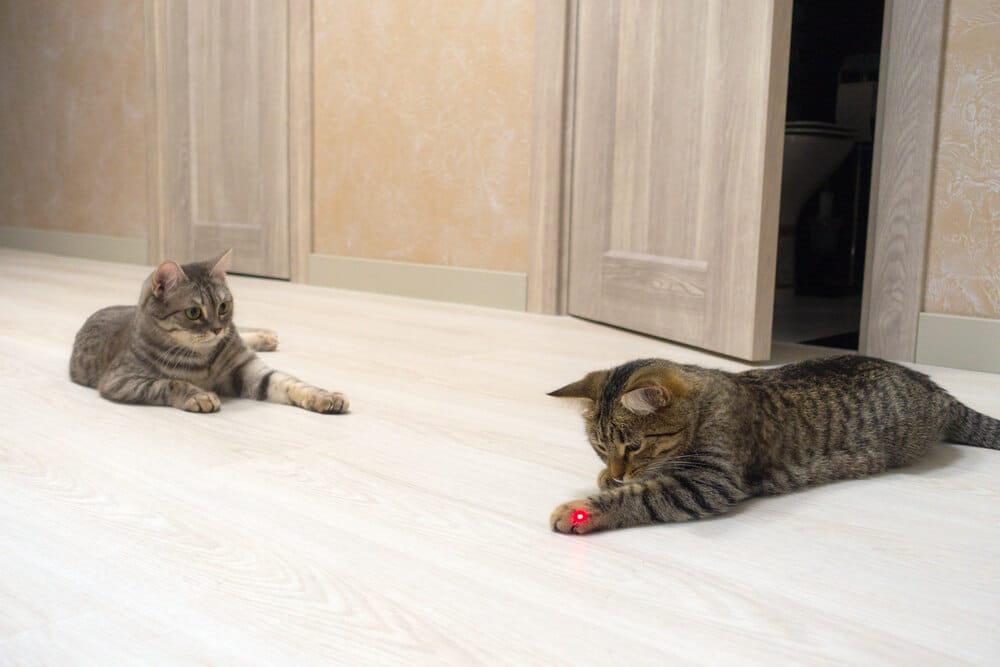
Inbreeding Depression
Inbreeding depression is a phenomenon seen in all animals where the offspring produced by inbreeding show reduced fitness (the ability to survive and reproduce). These animals are less fertile; they fail to conceive more often and have smaller litters. They can also have a low libido. Their offspring may fail to thrive due to low birth weight or illness in the early days of life. They can have poor immune systems, leading to lots of infections. This is thought to be because variation in DNA is healthier than lack thereof.
- You might also be interested in: Do Cats Inbreed? Vet-Reviewed Dangers & Why It’s Bad

Frequently Asked Questions (FAQ)
Are There Any Unethical Cat Breeds?
The answer to this question depends on your perspective. It can be argued that breeding a mutation into a cat that is detrimental to their health in some way can be considered unethical. The same can be said with many popular dog breeds such as the Dachshund, which is prone to spinal issues, and French Bulldog, which is prone to airway obstruction.
The Munchkin, Scottish Fold and Manx breeds are some examples where humans have selected for genetic mutations which can lead to health problems. Munchkin cats are prone to osteoarthritis, Manx cats are prone to spinal problems and Scottish Folds can develop skeletal deformities secondary to osteochondrodysplasia.
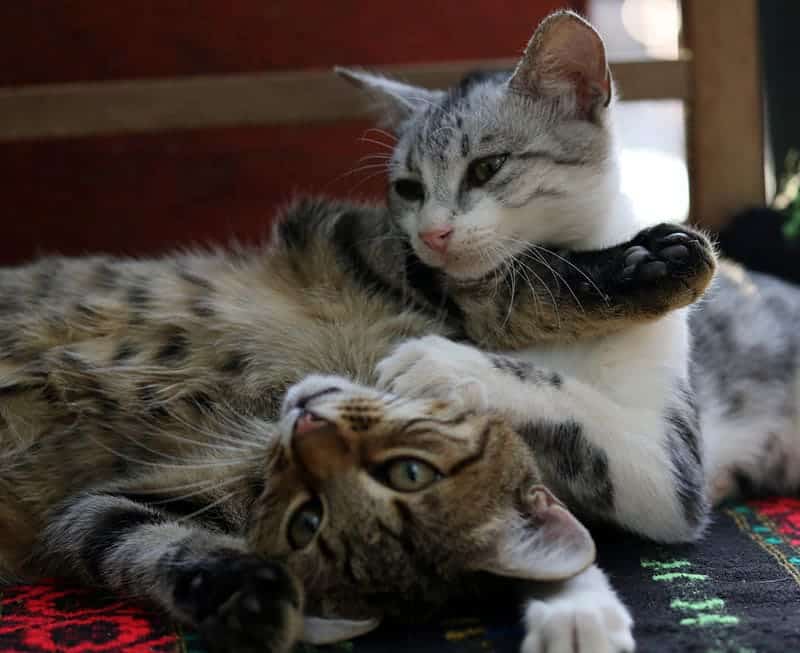
What Is Linebreeding?
Linebreeding is technically inbreeding but specifically entails selecting mates based on their relation to a specific ancestor with desirable qualities. So, a cat is mated to their ancestor.
What is the Inbreeding Coefficient?
The inbreeding coefficient is a measure, given as a percentage, of how closely related two individuals are. Brother/sister and parent/child matings have an inbreeding coefficient of 25%. According to the Governing Council of the Cat Fancy, 0-10% inbreeding coefficient is ideal when looking at potential mates for cats, and 10-20% is acceptable.
How Can I Prevent My Cats Inbreeding?
If you have related cats that are not spayed and neutered, their instinct will be to breed and it is up to you to prevent this occurring. Only complete physical separation or spaying/neutering will prevent unwanted matings. If surgical sterilization is not an option, chemical castration is an option for male cats.

Conclusion
Inbreeding can have some very serious negative consequences for the offspring produced. In the modern day, there is no need to breed cats with their close relatives. Decent populations of purebred cats means that there is no need to breed a female with a close relative. Breeders should aim to keep the inbreeding coefficient less than 20% for all matings.
There are always choices when breeding cats. Decisions should be made first and foremost for the health and welfare of the offspring. There should be a market of homes for the kittens to go to and, in the case of purebred cats, genetic testing should be performed to ensure the offspring do not suffer from genetic diseases.
See Also:
Featured Image Credit: Arwen-Matthijssen, Shutterstock
